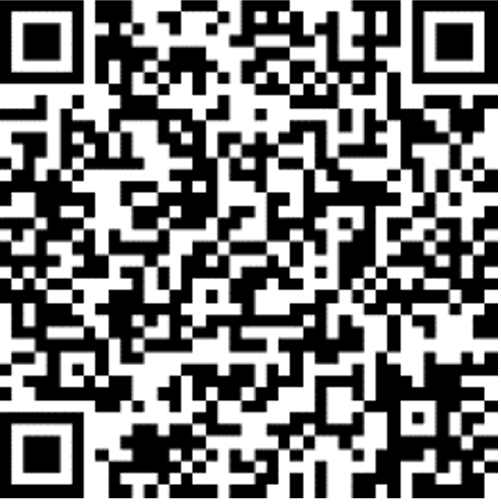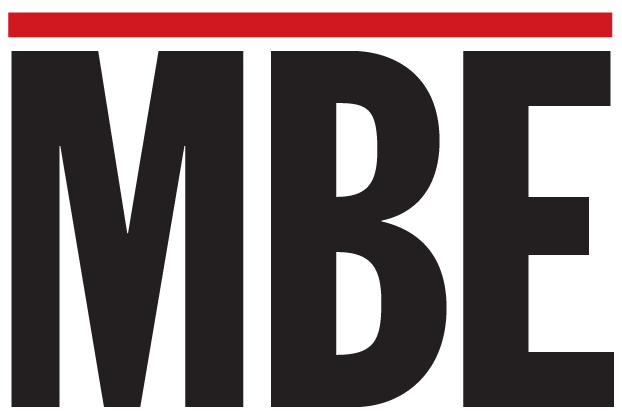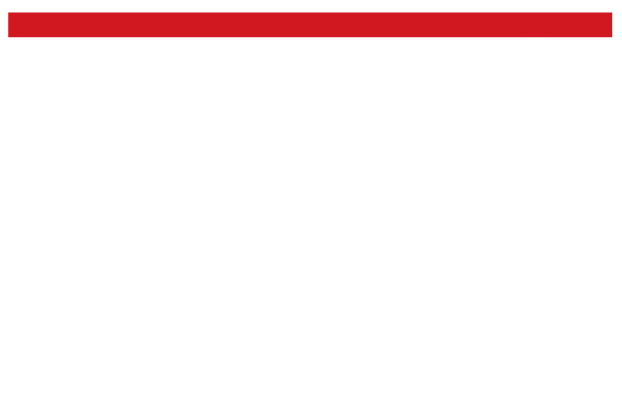
BCH’s AMEN Corner – Affluent Minority Entrepreneur News
Did you know that employees spend, on average, three hours per week addressing financial difficulties they face at home, while they’re at work? Being stressed about money and living paycheck to paycheck takes a toll at work and at home and affects one’s emotional, social, physical, and mental health. It also impacts work engagement, focus, concentration, personnel readiness, absenteeism, and mission. When quantifying three hours per week, times your average hourly rate, using a minimum of 25 percent of your employee population (average rate of significantly financial distressed employees), it’s easy to determine that financial unwellness at the workplace is a costly proposition—if not addressed! April is National Stress Awareness Month and Financial Literacy Month. Let’s take a look at the best practices to ease the stress of personal finances and how to advance employees toward balanced abundance.
As we’ve mentioned previously, one out of every four employees is financially distressed, according to Financial Well-being statistics. We know that the majority of Americans (81 percent) are living paycheck to paycheck and 60 percent of households have less than three months’ savings on hand for emergencies (FINRA). That causes a lot of stress for employees who may be caring for children in their home as well as their elderly parents. Consider the following:
- According to Society for Human Resource Management, three out of five HR professionals (62 percent) stated employees at their organization were more likely to request a defined contribution plan loan in the past 12 months.
- Forty-four percent of HR professionals said employees have been more likely to request a defined contribution savings plan for hardship withdrawal.
- And the impact hits hardest at home. Did you know the number one reason cited for divorces across the U.S.? You guessed it—money.
The good news is that in the 20+ years since we launched Destination: Financial Wellness (DFW), we have counseled tens of thousands of participants who were struggling with their finances. They felt like things were spiraling out of control in their spending, reacting to financial crises such as layoffs and accumulating more debt.
Thus, DFW has improved the lives of thousands of people financially, mentally, emotionally, and physically. The curriculum has inspired self-confidence, healthy living, improved relationships, reduced stress and provided peace of mind, self-esteem, family empowerment, employee engagement, personnel and mission-readiness. Read on for tips to help employees step into a more secure financial future for themselves and your company.
Establish Your North Star: Your North Star represents a number or the total amount of money you and your spouse will need to live on during your desired retirement years. It is important to note that this doesn’t mean retiring when you are 65 or 70 years old. For those who want to retire early, this could mean having the option to retire at 50 or 60 years old! It’s important to know how many more earning years you have before you retire. You must estimate how much debt you will carry into retirement (we recommend zero), including loans for homes, cars, credit cards, personal and educational loans. Determine how much you and your spouse will need to live on each month during retirement. What lifestyle do you desire? Do you envision travel, hobbies, family interests, philanthropy? Your North Star is the following:
- Total Monthly Expenses x 12 = Annual Expenses
- Annual Expenses x No. of Retirement Years = North Star
Now that you have written down your financial dreams, they have become a goal!
Create a Personal Financial Statement: Now that you have your North Star, it’s time to figure out your current household value to determine what needs to be done and at what speed to reach your North Star. A Personal Financial Statement crystallizes the significance of short and long-term decision-making and what you must do at every stop along the way. You need to calculate your net worth, that is your assets minus your debts, for the household. This includes assets such as checking/savings accounts, money market, retirement such as 401(k) or IRA, investment securities such as stocks or bonds and mutual funds, cash value in life insurance policies, investment property, vehicles, art/collectibles, jewelry/furs, furniture and electronics. Your debts include mortgages, home equity loans, credit cards, vehicle loans, student loans, personal loans, unpaid taxes and medical bills. Visit www.bcholdingsllc.com for a downloadable Excel spreadsheet to calculate your net worth.
Focus on Building Wealth: Building wealth is by far the most important stop you’ll make during your journey to your Next Destination: Financial Wellness. The eight components of building wealth are the following: Budgeting, Debt Analysis and Reduction, Credit Management, Emergency Funds, Vehicles, Real Estate, Retirement and Investments. One of the most critical components is creating a personalized budget roadmap. Budgeting is more than tracking and paying your bills on time. To be in full control, you must plan your spending before you spend. We recommend living within 50 percent of your net income to effectively reduce debt, create emergency funds and invest in real estate or other avenues such as a business. Subscribe to our monthly newsletter to receive tips on mastering these components at https://bcholdingsllc.com/.
Remember, it’s not what you make but what you keep, save, invest and grow, while pursuing your desired lifestyle!
Last month, we asked you “Have You Purchased a Personal Vehicle through Your Company?” Only 30 percent of respondents are taking advantage of the tax breaks available through purchasing a vehicle through their company.
We invite you to take part in this month’s poll. “Do You Believe that a Financial Wellness Program Would Improve Productivity at Your Workplace?” Scan the QR code with your mobile device or click on the link below to participate in this month’s poll. The results will be revealed in the next column. See you next month! https://www.surveymonkey.com/r/6T67RYB

-Sidney and Saundra Curry













